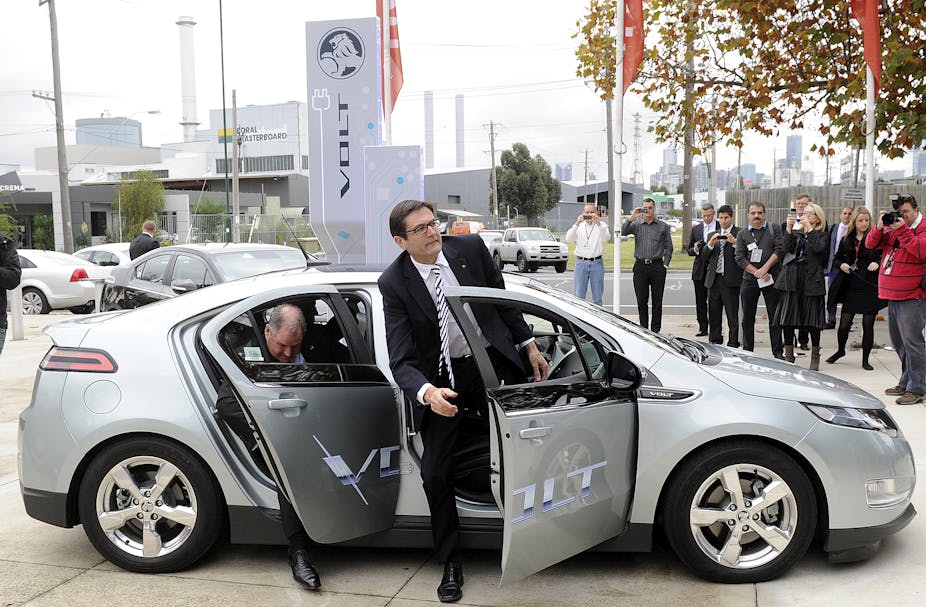There are four facts we have all become aware of in the past few days – if not months – regarding car manufacturing subsidies.
Fact 1: A lot of money has been given to Australian car manufacturers over the past decade.
Fact 2: Despite great financial assistance, the future of the sector looks bleak.
Fact 3: Job losses in manufacturing are increasing. One out of ten manufacturing jobs disappeared over the last four years (estimates suggest more than 100,000 jobs) with the Federal Government projecting the loss of another 85,000 over the next five years.
Fact 4: There is a great divide regarding the long-term effect of car subsidies. Some view it as “good economics”; others see it money down the drain.
Then there is also the matter of transparency, with the Australian Financial Review and the Department of Industry entangled in a legal dispute over whether sensitive commercial details of the subsidies - released unredacted by mistake to the AFR in response to an FOI request - should be made public.
It would seem this debate is more about politics and a union membership base rather a true assessment of the cost and benefits.
But an important and less-discussed issue is the flow-on effects from the car manufacturing industry to other manufacturing sub-sectors.
According to 2010 figures from the Federation of Automotive Products Manufacturers, companies involved in Australia’s automotive supply chain manufactured and exported over $1.51 billion worth of components, and sold over $3.71 billion of components.
The report also says that between 2007 to 2011, the sector as a whole added manufacturing innovation to the value of $4.5 billion. The car industry also accounts for about 7% of total manufacturing turnover and 5% of value-added manufacturing.
Significantly, the car industry provides the base-load demand to justify the installation of production facilities in other industries. The demands it makes of its suppliers for high quality products have had significant spill-over benefits in other industries.
This includes the development of light-weight components such as carbon-fibre composites and the use of titanium and aluminium, to reduce the mass of vehicles and improve fuel economy and reduce emissions.
And this “multiplier effect” extends well beyond the car industry and its associated sectors.
As part of our research into Management Practices in Australian Manufacturing at Macquarie University we met with a senior executive of one of Australia’s most successful medical manufacturers, who explained how his company has been using a firm in Melbourne previous engaged in the automotive industry as one of their suppliers.
Without them, his company would have had to outsource the production of that particular part of their product to overseas manufacturers.
This knock-on effect has not been sufficiently explored in the public debate around the future of the car industry.
We agree an independent and rational assessment of the car industry needs to be made and that such an assessment needs to be transparent. Recent events may have tainted any attempts to that end.
However, such much-needed assessment cannot simply focus on car manufacturers alone, their productivity,their sales or their labour costs. Any cost-benefit analysis should contain measures that can value the impact the automotive industry has had and can have on other manufacturers.
Objectively examining the automotive industry, including the measures mentioned above, we believe, can add value in two ways: first, find ways to help manufacturers producing high value manufactured products such as medical and pharmaceutical products, which according to the report written by Prime Minister’s manufacturing taskforce have had “the largest increase in real exports”.
Second, in the same way we can identify how to keep employed the hundreds of thousands of Australian employees that are currently working, directly or indirectly, for Australian car manufacturers.
Australians have always taken pride in their local manufacturing; recently however, the sector is being portrayed as in a terminal decline.
Isn’t it time we focused on the opportunities ahead, rather then focus on a long lost industry? Q

